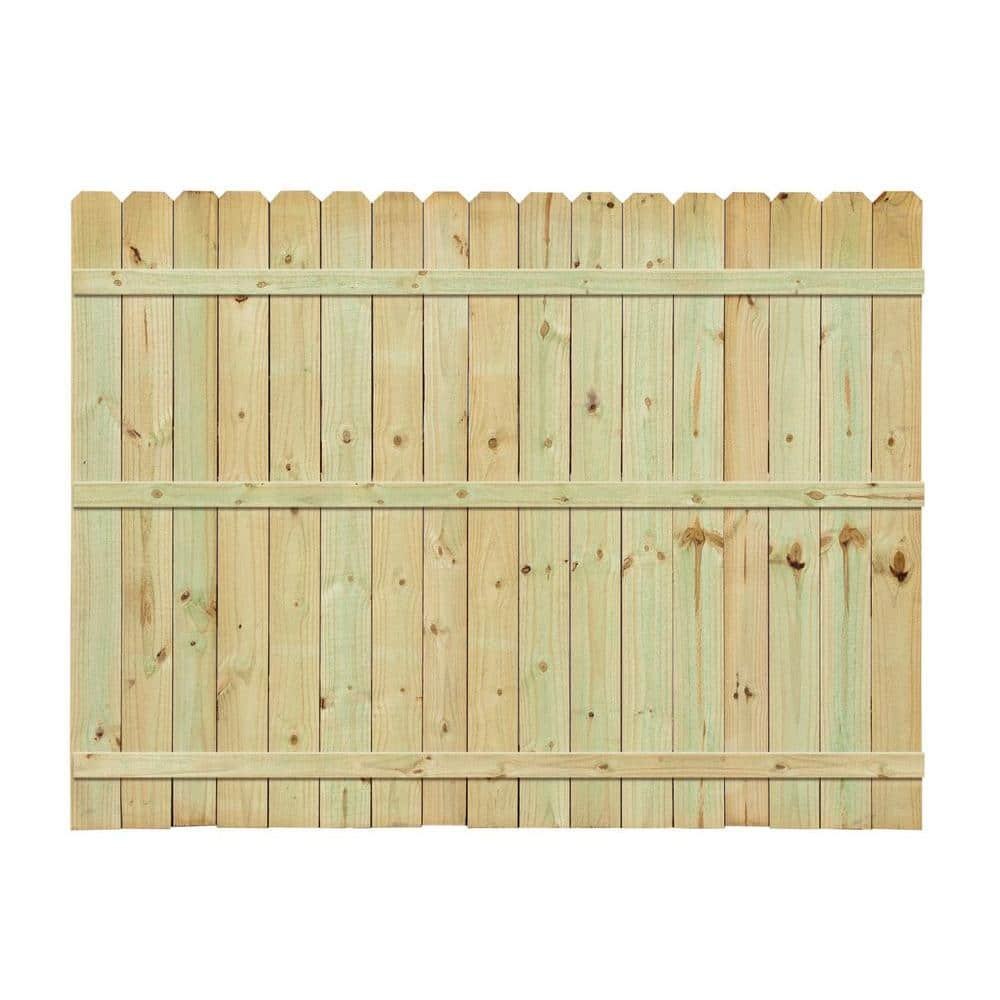Plywood 11/32 in. x 4 ft. x 8 ft. Rtd Southern Yellow Pine Plywood Sheathing
Plywood sheathing for use in construction. Can be used as wall and roof sheathing. Stiff, durable and dependable panels.
Plywood sheathing is ideal for residential and light construction. Every piece meets the highest grading standards for strength and appearance. It adds proven performance and durability to new homes, room additions and renovations. Plywood sheathing delivers outstanding stiffness, strength and versatility. It is an excellent choice for light frame wall and roof assemblies in weather protected applications.
- Structural sheathing for weather protected wall applications
- Real wood veneers that are cross-laminated for superior stiffness
- Superior nail withdrawal strength and higher nail withdrawal resistance than 3/8 cat osb
- Proven durability, holds up better than osb under incidental wettings
- Recommended drain: K-7272 or K-7271
- Note: Product may vary by store.
Additional information
| Actual Product Length x Thickness x Width (in.) | 95.938 x 0.354 x 47.938 |
|---|---|
| Nominal Product Length x Thickness x Width (in.) | 8 x 11/32 x 4 |
| Manufacturer Warranty | See store for details |






by Mike
To expensive for regular grade plywood